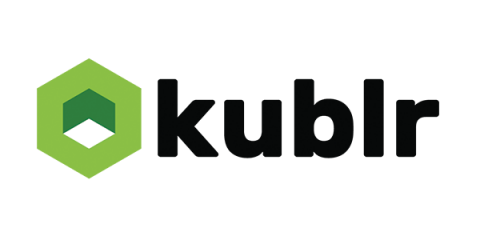A Closer Look at Kubernetes: Its Origins and Why It Matters
Since Google open sourced Kubernetes in 2014, it has become one of the most popular open source projects. Adopted by all major cloud providers, Kubernetes has undoubtedly become the de facto container orchestrator. But what is Kubernetes and container orchestration really about? Without the technical background and knowledge about the technology developments that preceded it, it can be challenging to wrap your head around it.


